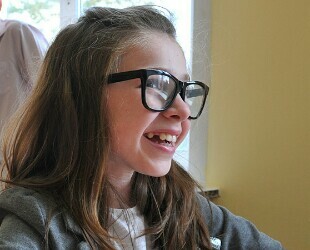
The visual acuity of a person is measured in diopters.
Diopters can take positive and negative values.
Optimal vision, in which a person clearly distinguishes between both near and far objects, corresponds to an indicator of plus one diopter.
Deviations to the higher side mean the presence of hyperopia, and the smaller( to negative values) - nearsightedness.
If during the diagnosis of vision you found out that your vision is equal to minus one, then what does this mean and what measures should be taken? Let's look into these issues.
- 1. Diagnosis of
- 2. Causes of
- 3. Therapy of
- 4. Are glasses needed?
- 5. Prevention
- 6. Results of
- 7. Video
Diagnosis
So, sight minus one means myopia. Myopia has only three levels of severity: -1 to -3, -3 to -5 and -5 or less.
That is, our indicator corresponds to the first level - easy myopia. It manifests itself in a slight distortion of the outlines of objects located at a distance.
Often this can be seen only when looking at small objects, such as text on signboards or bus numbers, while when viewing large objects, there are no deviations in vision. When considering nearby objects, there are no deviations, regardless of their size.
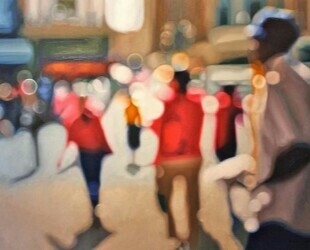
Why does this happen? On the retina there are nerve endings that encode incoming light rays and transmit it to the brain in the form of nerve impulses - this is how the image we see is observed.
When entering the eyeball rays are refracted by the lens - a natural lens that is able to change its shape with an effort from the eye muscles.
A healthy visual organ refracts the light so that all the rays converge strictly on the retina, and when reading, we get a clear image.
But in myopia, the rays concentrate in front of the retina, and, once backing out after the point of focus, they are already falling to the retina when they are unfocused. The image becomes fuzzy.
Reasons for
This state of affairs has two main causes: accommodative and anatomical. They differ greatly from each other, and it is from the revealed cause that depends how far the vision -1 is bad and what will be the further course of myopia.
The accommodating myopia indicates the weakness of the muscles controlling the movement of the lens. That is, this natural lens simply can not take the right shape for correct refraction of incoming light.
This is typical of small children, whose musculature development( including the ocular) does not keep up with the growth of the body, because of what it becomes too weak to ensure its full functioning.
Anatomical myopia is a more serious illness. It is associated with a change in the structure and proportions of the eyeball.
It stretches, the location of the retina changes with respect to the lens and, therefore, the rays reach it already in defocused form.
In the emergence of this type of disease, a huge role is played by genetic predisposition, while the influence of external factors is not so significant.
For the diagnosis, you need to undergo an ultrasound of the eyeball, during which accurate data will be obtained about its structure and shape.
Therapy
Does such a minor deviation require any serious intervention? It all depends on what kind of myopia you are, also factors such as age, conditions of life and so on.
Do I need glasses?
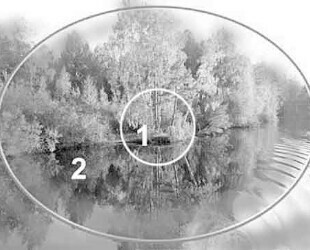
People who only learned about the presence of a view -1, worried about one vital question: Do I need to wear glasses? With accommodative myopia this is not necessary and even harmful.
There is a well-known belief that wearing glasses for problems with eyesight only aggravates them. With this kind of myopia, such a statement is true for one hundred percent.
Muscles that are not strong enough to give the lens the right shape, when wearing glasses, will be atrophied even more strongly, and vision will only get worse.
But when anatomical myopia the glasses are not only harmless, but also necessary.
Muscles that regulate the lens with this kind of myopia are working normally, but their excessive overstrain can even further squeeze the eyeball, which already degrades.
Therefore, neglect of glasses or lenses with such shortsightedness is the right way to rapid deterioration of vision.
However, wearing glasses may not be enough to correct anatomical myopia. You may need a medical correction.
It has several kinds. The most modern and safe correction is laser vision correction. Its essence is that it cauterizes the cornea, making its shape more flat.
Because of this, the distance from the lens to the cornea decreases, and the rays hit the reading plane in a focused form.
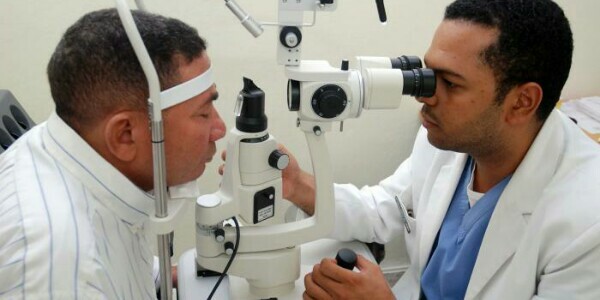
Early correction method
The method of early correction is wearing special glasses that adapt the eyes to normal operation.
They need to be worn only a few hours a day for several months. This method does not always help.
But with strong distortions of the eyeball, laser correction alone is not enough. Complex surgical plastic is needed. But it is better not to bring your eyes to such a state, having made laser correction in the early stages of myopia.
Treatment of accommodative myopia, in turn, is simpler and does not require serious medical intervention. It is enough to develop muscle tone.
For this, it is necessary to conduct visual gymnastics, use special eye drops, exercise and normalize blood circulation.
Prevention
Do not think that the prevention of anatomical myopia uniquely will avoid its development - the genetic predisposition is inexorable, and in any case will implement itself.
But this does not mean that you have to go all the way, if you follow the hygiene of the eyes, this will support the effect that is given by medical correction of sight and will avoid the most acute complications.
So, you must strictly observe the mode of operation, working with text( paper or screen) should have breaks for gymnastics, you should use moisturizing drops that do not allow your eyes to overexert.
Gymnastics should tones your eyes and relaxes them, using different directions of pupil rotation.
Be careful with some activities that require lifting weights or assume a strong shaking - it is better to exclude them altogether. At school and university you must be exempt from physical education and work.
But at sight -1 the state does not give release from army service, keep this in mind.
Get the necessary dose of vitamins and minerals, if the food does not cover the needs of the body in them, then replenish it with chemist's drugs.
In addition, there are special images that allow you to restore your eyesight. Try to understand what is depicted in the following figure:
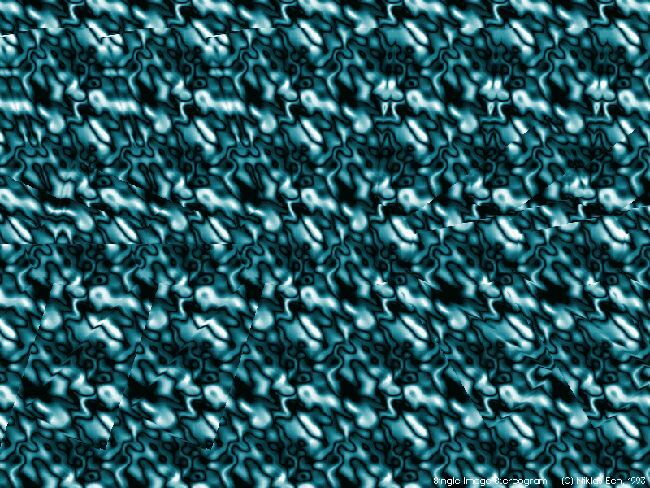
The following tips also help you to save your eyesight:
- Exercises for the eyes when working on a computer
- At what vision do I need to wear glasses?
- Prevention of visual impairment
Results of
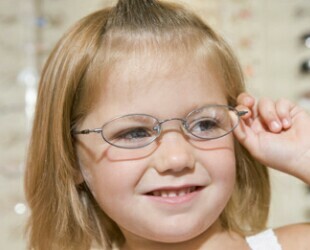
Vision -1 is characterized by a slight distortion of objects located at a great distance. This is an early stage of myopia, which can grow into heavier ones if there are negative factors.
This vision can indicate both anatomical and accommodative myopia. These types of disease differ significantly.
So, anatomical myopia is characterized by a violation of the shape of the eyeball and requires more serious correction and is more often incurable without surgical intervention.
The accommodative myopia is characterized by the weakness of the muscles of the lens and it requires an increase in their tone with medications and gymnastics.
At vision -1 glasses are necessary only at the first version of illness, and at accommodation they will only go to the detriment. But the exact information about wearing glasses can be given only by the attending physician.
Video
We offer you an interesting video:
